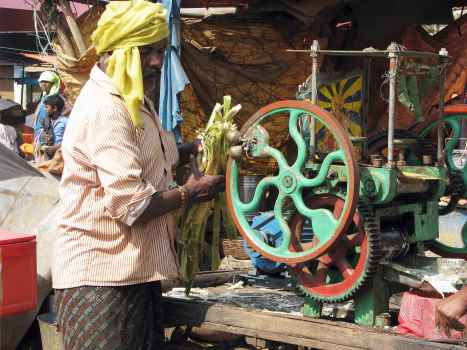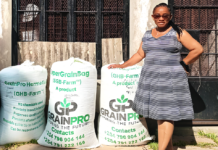Scientists at the Ulsan National Institute of Science and Technology (UNIST) have come up with a new and environmentally friendly way to make hydrogen fuel using sugarcane waste and sunlight.
This method could offer a cleaner, cheaper alternative to traditional fuel sources and help reduce harmful emissions.
The research team from UNIST has developed a special process that turns bagasse—the leftover fiber from sugarcane—into hydrogen fuel. Their breakthrough was recently published in the science journal Nature Communications.
Turning farm waste into clean energy
Sugarcane is grown in many countries around the world, and after the sweet juice is removed, what’s left is usually thrown away or burned. This leftover part is called bagasse. But scientists at UNIST saw potential in this agricultural waste.
They discovered a way to use it to produce hydrogen—a clean fuel that only releases water when burned, unlike fossil fuels which release carbon dioxide. Their method also uses solar energy, making the whole process even more sustainable.
How the new method works
The process uses a device called a photoelectrochemical (PEC) cell. This cell uses sunlight to start chemical reactions. The innovation here is combining two useful reactions in one system:
Furfural Oxidation: The scientists extract furfural, a compound found in sugarcane waste. They then use a copper electrode to oxidize it, which produces hydrogen gas and furoic acid—a valuable chemical used in food and pharmaceuticals.
Water Splitting: At the same time, a silicon-based solar electrode splits water into hydrogen and oxygen using sunlight.
This two-in-one system creates hydrogen on both sides of the device, making it much more efficient than traditional water-splitting methods.
Cleaner, faster, better
The new system stands out because it produces zero emissions—no carbon dioxide is released during the process. It also works faster than existing technologies. In lab tests, it generated hydrogen at a rate of 1.4 millimoles per square centimeter per hour. That’s nearly four times higher than the target set by the U.S. Department of Energy for hydrogen production systems.
To make the system more durable, the researchers protected the electrodes with nickel and glass coatings. They also designed the sunlight-absorbing part to stay underwater, which helps it stay cool and stable during long periods of use.
A greener path forward
This discovery could be a game changer for countries that grow sugarcane. Instead of burning leftover plant material, farmers and industries could use it to make clean fuel. That means less pollution, more efficient use of natural resources, and new opportunities for clean energy jobs.
“By combining sunlight with sugarcane waste, we’ve created a system that’s both sustainable and highly productive,” said one of the lead researchers at UNIST. “This could help shift the world toward cleaner fuel sources.”
As global demand for green energy grows, this new method offers a promising solution. It shows that with the right technology, even farm waste can help power a cleaner future.








